This picture book biography for older readers tells two stories that are intertwined. First, it is the story of Billie Holiday’s life, a life was never easy right from the beginning. Her mother left her with an older half sister when she was a baby. At 10, Billie ended up in a reform school for something that wasn’t her fault. After she finally went to NYC to live with her mother, both of them ended up in jail when Billie was 14.
But Billie Holiday loved to sing and jazz was her style of choice. She was hired by white bandleader Artie Shaw, and even though she was a spotlight singer on his tours, she still faced discrimination everywhere they went because of her race. Finally, Billie Holiday had had enough and she quit Artie Shaw’s band. Striking out on her own, she began to sing in a new Greenwich Village club called Cafe Society, a place with black and white customers and performers weren’t segregated.
Cafe Society was opened by Barney Josephson, and it was here, in 1939, that Billie Holiday premiered a radical new song called “Strange Fruit.” High school teacher, Abel Meeropol, the son of Jewish immigrants, was so outraged by America’s racism and especially the violence faced by African Americans, that he wrote “Strange Fruit” after seeing a picture of a lynching. And that is exactly was “Strange Fruit” is about. And when Billie Holiday sang it at Cafe Society, it was always the last song of the night and all activity stopped until she was done.
Strange Fruit is a very powerful biography about Billie Holiday, one that brings to light the way she was regarded because of her race from childhood on, and the shameful treatment she received because of it, despite being a popular black female singer with whites in the 1930s and 1940s.
And yet, as compelling and powerful as Strange Fruit is, I question who it if for. It is recommended for readers age 8+, but some young readers may be too sensitive for the material covered. I think it feels like a book that should be given to readers a few years older, readers who may have a better background understanding of what life was like for African Americans in this country before the Civil Rights Movement.
Since “Strange Fruit” was a signature song for Billie Holiday, I think that as a book for older readers, Strange Fruit could be paired with Marilyn Nelson’s book A Wreath for Emmett Till to give students a more balanced picture, and a deeper understanding of the despicable practice lynching. I would have like to see more about Abel Meeropol but could not find a children’s book about the author of such a formidable protest song. I do know that Meeropol taught in the Bronx, and that he and his wife Anne adopted the two sons of Julius and Ethel Rosenberg in 1953 after they were executed.
Riley-Webb’s illustrations done in boldly textured brush stokes using acrylics and tissue collage, are as colorful and dynamic as the jazz Billie Holiday sang, and the sometimes light, sometimes dark images give the story being told a very dramatic intensity.
The lyrics to “Strange Fruit” and additional biographical information about Billie Holiday are included in the back matter.
The lyrics to “Strange Fruit” and additional biographical information about Billie Holiday are included in the back matter.
You can find a Teaching Guide for Strange Fruit that was prepared by Vicki Spandel and recommend for older readers HERE.
This book is recommended for readers age 8+ but I would definitely go older
This book was an EARC received from NetGalley
This book was an EARC received from NetGalley







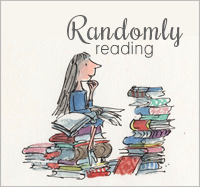










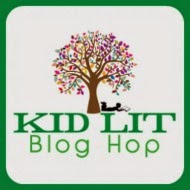



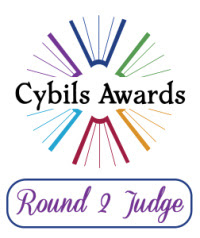
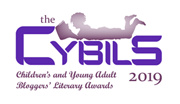

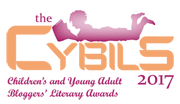


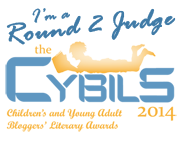
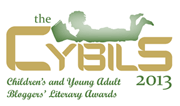
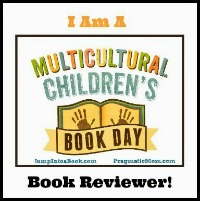


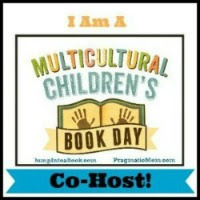

No comments:
Post a Comment